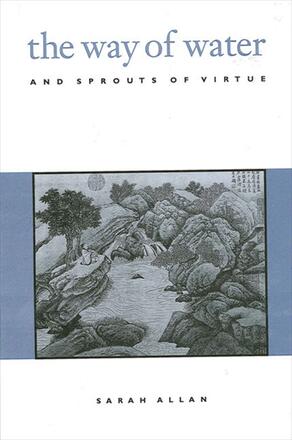
The Way of Water and Sprouts of Virtue
Alternative formats available from:
Explicates early Chinese thought and explores the relationship between language and thought.
Description
This book maintains that early Chinese philosophers, whatever their philosophical school, assumed common principles informed the natural and human worlds and that one could understand the nature of man by studying the principles which govern nature. Accordingly, the natural world rather than a religious tradition provided the root metaphors of early Chinese thought. Sarah Allan examines the concrete imagery, most importantly water and plant life, which served as a model for the most fundamental concepts in Chinese philosophy including such ideas as dao, the "way," de, "virtue" or "potency," xin, the "mind/heart," xing, "nature," and qi, "vital energy." Water, with its extraordinarily rich capacity for generating imagery, provided the primary model for conceptualizing general cosmic principles while plants provided a model for the continuous sequence of generation, growth, reproduction, and death and were the basis for the Chinese understanding of the nature of man in both religion and philosophy.
Sarah Allan is Burlington Northern Foundation Professor of Chinese Studies in honor of Richard M. Bressler at Dartmouth College. She is the author of The Shape of the Turtle: Myth, Art, and Cosmos in Early China, also published by SUNY Press; The Heir and the Sage: Dynastic Legend in Early China; Chinese Bronzes: A Selection from European Collections (with Li Xueqin); and Oracle Bone Collections in Great Britain (with Li Xueqin and Qi Wenxin); and editor of Legend, Lore and Religion in China (with Alvin P. Cohen) and Dunhuang Manuscripts in British Collections (with others).
Reviews
"I find this book unique among recent efforts to identify and explain essential features of early Chinese thought because of its emphasis on imagery and metaphor." — Christian Jochim, San Jose State University